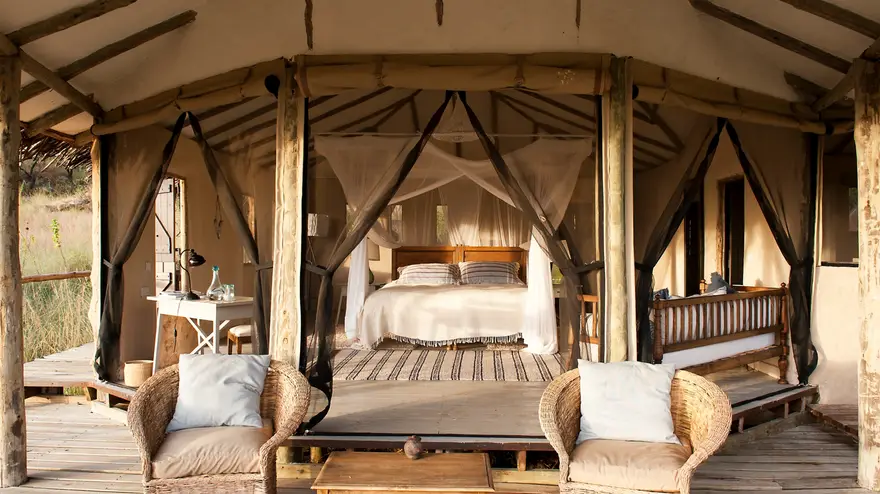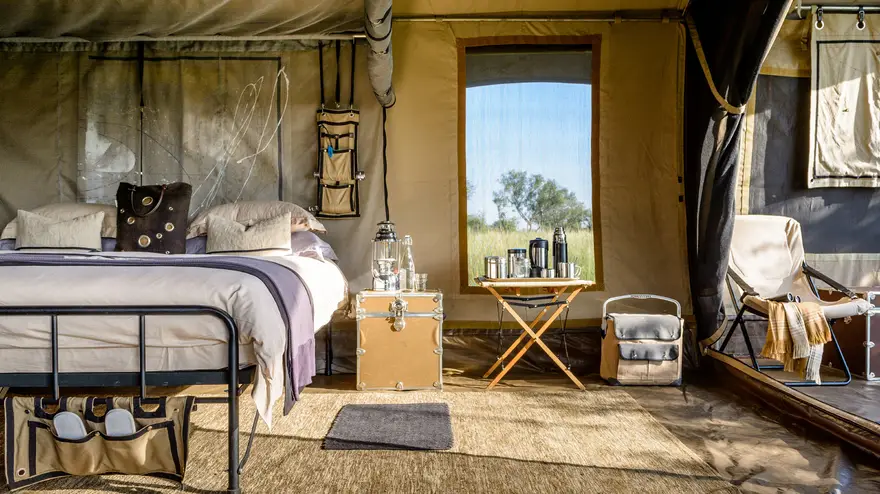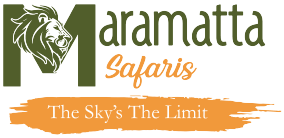Tanzania and Kenya Safari Planning Guide
$260
DAY TRIP
1 PEOPLE
6+ YEARS
HIKING, COFFEE & WATERFALLS TOUR
OVERVIEW
Embarking on an African safari adventure in Tanzania and Kenya is an unforgettable experience filled with breathtaking landscapes, diverse ecosystems, and some of the world’s most spectacular wildlife encounters. Whether you dream of witnessing the Great Migration in the Serengeti, spotting the Big Five in Maasai Mara, or immersing yourself in the rich culture of East Africa, proper planning ensures a smooth and rewarding journey.
This comprehensive guide will help you navigate through safari types, best travel times, must-visit destinations, accommodations, packing lists, and essential travel tips for your safari in Tanzania and Kenya.
Choosing Your Safari Type
Selecting the right safari experience is key to making the most of your adventure. Tanzania and Kenya offer a variety of safari options tailored to different preferences and budgets.
Game Drives: The most popular way to explore Serengeti National Park, Maasai Mara, and Ngorongoro Crater, game drives provide close encounters with lions, elephants, leopards, cheetahs, and rhinos in their natural habitats.
Walking Safaris: Ideal for those who want to connect with nature, these safaris offer an up-close look at the African wilderness under the guidance of experienced local guides.
Cultural Experiences: Visit authentic Maasai villages or interact with the Hadzabe tribe to learn about traditional African cultures and lifestyles.
Luxury Safaris: Stay in exclusive lodges and tented camps, enjoy gourmet meals, and experience a private, fully personalized safari itinerary.
Budget Safaris: Enjoy guided safaris with more affordable accommodations like mid-range lodges, camping, or budget-friendly tented camps while still experiencing the best of East African wildlife.
Best Time to Visit
Timing plays a crucial role in experiencing the best wildlife safaris in Tanzania and Kenya.
Wildlife Migration (June to October): Witness the world-famous Great Migration, where thousands of wildebeests and zebras cross the Mara River into Kenya’s Maasai Mara.
Dry Season (June to October): The best period for game viewing as animals gather around waterholes and are easier to spot.
Wet Season (November to May): Lush green landscapes with fewer crowds; ideal for birdwatching and calving season.
Key Destinations
Tanzania
Serengeti National Park: Home to the Great Migration, offering unmatched wildlife encounters.
Ngorongoro Crater: A UNESCO World Heritage site with a dense concentration of wildlife, including black rhinos.
Tarangire National Park: Known for its large elephant herds and baobab trees.
Kenya
Maasai Mara National Reserve: One of Africa’s most famous safari destinations, renowned for its abundant predators and Great Migration crossings.
Amboseli National Park: Stunning views of Mount Kilimanjaro, large elephant herds, and fantastic photographic opportunities.
Lake Nakuru National Park: Famous for flamingos and rhinos, making it a paradise for birdwatchers and wildlife photographers.
Accommodation Options
Luxury Lodges and Tented Camps: Ideal for travelers seeking high-end services, private safaris, and gourmet dining.
Mid-Range Lodges: Offers comfort with essential amenities and great access to national parks.
Budget Camping: Perfect for adventurous travelers looking for an authentic safari experience under the African stars.
Packing Essentials
Clothing: Lightweight, breathable fabrics for daytime and warm layers for the evenings.
Footwear: Comfortable walking shoes for safaris and sandals for relaxing.
Sun Protection: Sunscreen, sunglasses, and a hat to shield against the sun.
Insect Repellent: Protect against mosquitoes, especially in the evenings.
Camera Gear: Bring binoculars and a camera with a zoom lens to capture wildlife moments.
Health and Safety
Vaccinations: Check recommended vaccines for Tanzania and Kenya, including yellow fever and malaria precautions.
Travel Insurance: Ensure it covers safari activities, medical emergencies, and trip cancellations.
Local Laws and Customs: Respect the culture and traditions of East African communities.
FAQs
How long should I plan for a safari in Tanzania and Kenya?
A typical safari lasts 7 to 14 days, depending on your itinerary and preferred activities.Is it safe to travel in Tanzania and Kenya?
Both countries are generally safe for tourists. Stick to organized tours and follow local guidelines.Do I need a visa to visit Tanzania and Kenya?
Yes, most travelers need a visa for both countries. You can apply online for convenience.Can I combine a safari in Tanzania and Kenya?
Absolutely! Many travelers opt for a combined itinerary to explore both countries’ wildlife and landscapes.What payment methods are accepted for safari bookings?
Maramatta Safaris primarily accepts bank transfers, ensuring a secure transaction process for our clients.
Start Your Safari Adventure with Maramatta Safaris
With the right planning, your Tanzania and Kenya safari will be an extraordinary adventure filled with wildlife encounters, scenic landscapes, and rich cultural experiences. At Maramatta Safaris, we are committed to creating customized itineraries to suit your needs and budget.
Request a Custom Safari
Why book with us
- Customer care available 24/7
- Hand-picked Populer Tours & Activities
- Tailor Made Your Own Itineraries
- The airport Pick-up and Transfer
- Best Accommodations

Ready to explore more?
Our travel experts are ready to start creating your tailor-made trip.
For More Exciting & Better Value Safari.













